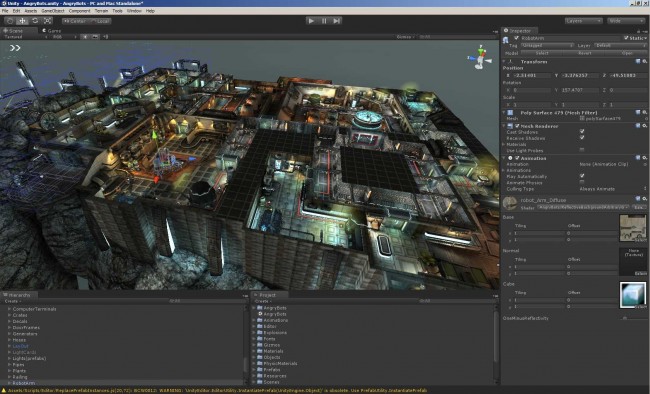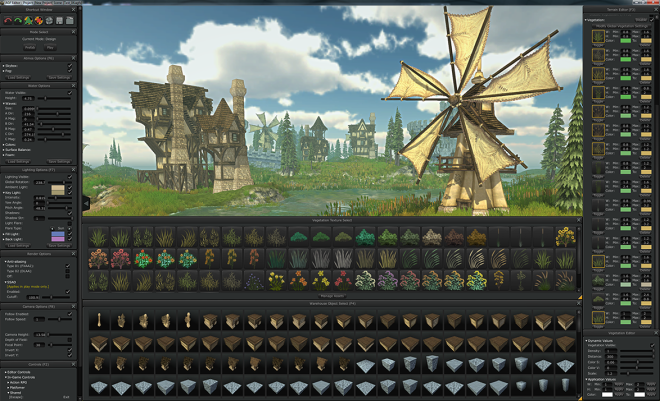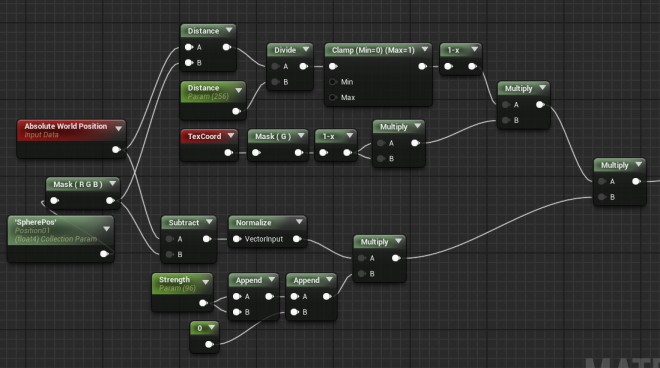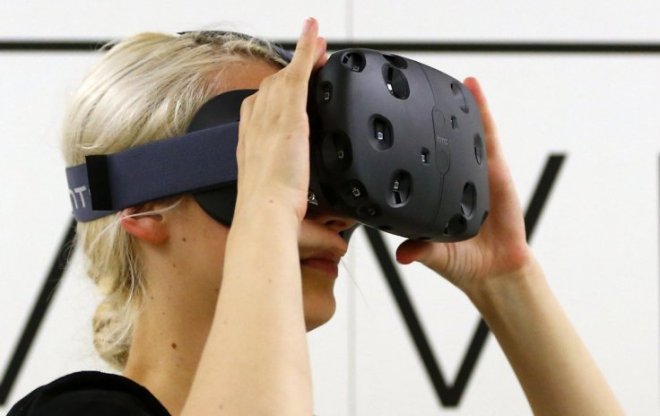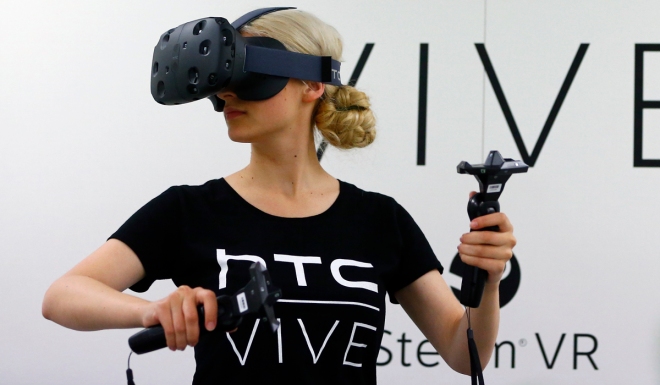Video production is a very useful tool for eLearning. Through video we can convey information clearly and succinctly, and capture the viewer’s interest in a way we might not be able to purely with text. Alongside animation and interactive media, video production provides a means to make the course more interesting. By using these tools, the eLearning developer can increase the attention span of the learner, as well as the effectiveness and content retention of the curriculum.
Video production is no longer accessible only to large studios and wealthy organizations. With the revolution of computers and electronics came the opportunity to make videos on fairly low budget. Certainly, if your clients dictate quality, you may need to spend money to purchase or rent professional equipment and studio space, however, there is plenty one can do with consumer equipment. Even budget camcorders offer an excellent quality of video and audio if used within their constraints. For example, most single CCD camcorders don’t perform well in low light conditions – however, being aware of such limitations allows us to avoid them and use the equipment to the fullest of its capabilities.
For on-screen tutorials, there is a variety of software available to capture the screen and record your voice, and even accentuate the presentation by being able to zoom in on different parts of the screen, highlight the mouse cursor, or include a PiP (picture in picture) of your webcam video.
When planning a video production session, there are many factors to consider. Foremost of all, you should have a script. A script is a vehicle of communication which allows everyone involved on the production to share the vision. It allows you to analyze and prepare for the production, and have a clear picture in mind about what it is you are putting together.
Before the production, analyze the script. Make a list of all the locations, all the actors, props, costumes, vehicles and equipment that will be required. If there are outdoor scenes, be prepared for potential rescheduling due to adverse weather. Arrange for transportation, and any licenses or permissions required to film on those locations. Remember to have all appropriate paperwork (such as release forms) signed by the cast, prior to production. Outdoor productions can provide the most beautiful locations, but are also risky to film. You may have a limited time window for light, the wind may make your audio unusable, and change in weather is often difficult to predict. However, if planned properly, outdoor video shoots can yield outstanding results!
Indoor productions allow you a more controlled environment to work in. However, renting a studio can be an expensive business. Filming indoors in spaces which are not studio can also present a challenge. Space, fire safety, access to electricity (and making sure you don’t blow the fuses with your lights) should all be considered.
Often, I am asked to estimate the cost of a production, and how long it will take to complete it. Often, there is not enough information for me to make an educated estimate. The client will say that they want a 20-minute video. However, they don’t have a script yet. This means that I have no way to break down the script scene-by-scene, determine the resources needed, or the required costs. One cannot determine the cost of a production merely by its length. Certainly, 20 minutes of talking to a camera from an office desk is a different than 20 minutes of a Lord of the Rings battle scene. Sometimes, the client will imagine shots that require a boom or a helicopter (or at least a drone). These beauty shots are certainly impressive, but also carry an additional cost to accomplish them. That’s why I must emphasize again the importance of the script to analyze a production. Without a script, we don’t know what we’re doing.
There may be situations where it’s appropriate to include improvised dialogue, but be careful about the dangers of allowing unscripted dialogue running away on you. Not only is it more difficult for the talent to remember all the points that need to be covered, often it leads to headaches during editing. The producer may want to take this out or add that in, or combine multiple takes of the same scene. Often it becomes quite unmanageable – it is much better to have the conversations scripted and prepared ahead of time. The argument that unscripted conversation sounds more natural comes with the risk of unforeseen surprises which often crop up only in the editing room.
Another important tip is to make sure the script is written in a conversational manner. We speak differently than we write. Not only will a formal script bore the audience to tears, it will often be difficult for the talent to deliver, even with the use of a teleprompter. While I am on the topic of teleprompters, I highly recommend spending the extra money to get the large size screen. From my experience, a small teleprompter screen only leads to squinty talent and complaints, and repeating scenes take after take.
During production, make certain to keep track of scenes, shots and takes. A simple printed-out spreadsheet from Excel will do the job nicely. Check off each completed scene for video and audio (in case they are separate, such as in B-roll) and also mark which take was the good one. The editor will appreciate this. At the end of production, check your spreadsheet to make sure all scenes were filmed. This is important especially since many productions are shot out of sequence.
Our company often uses video productions as a tool to educate or add content to eLearning modules. Video can be inserted into Articulate Storyline, or any number of modern eLearning developer apps. Together with interactive activities and animations, video provides us a powerful tool to improve the experience of our eLearning modules, an make them more interesting for the learner.
To learn more about our company and how we contribute in the field of eLearning, please visit our website at www.pathwaystrainingandelearning.ca



